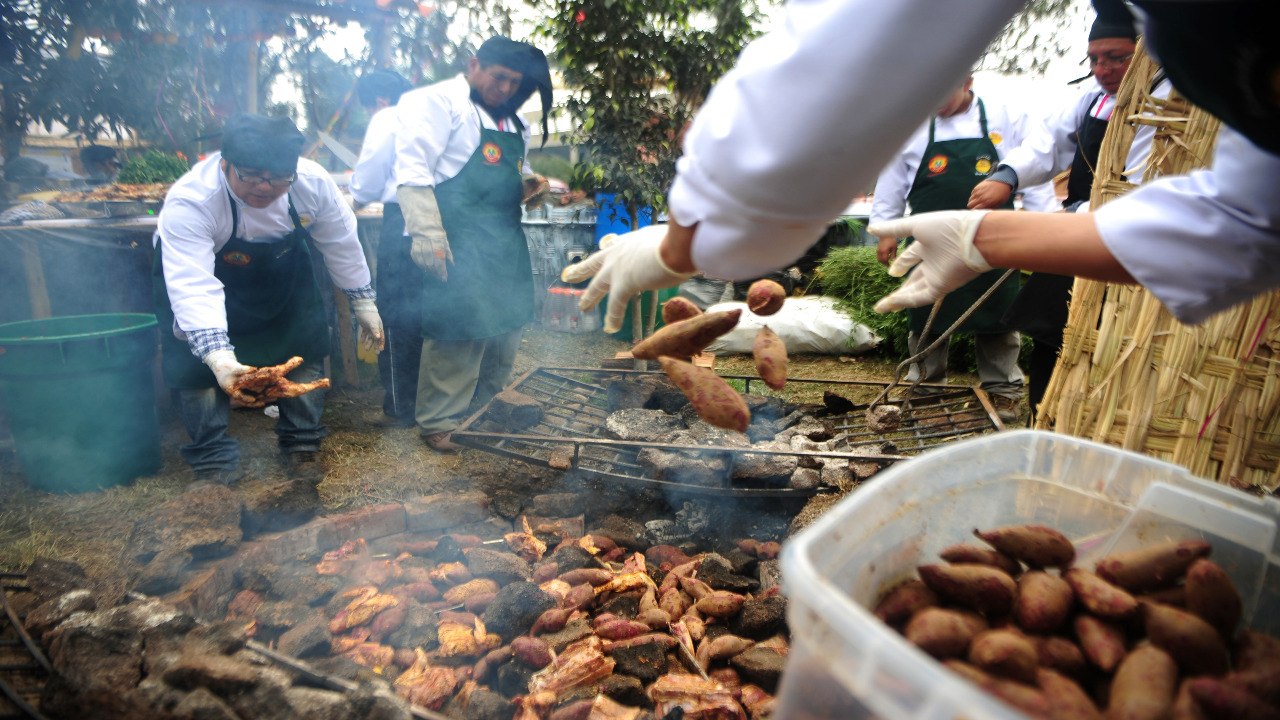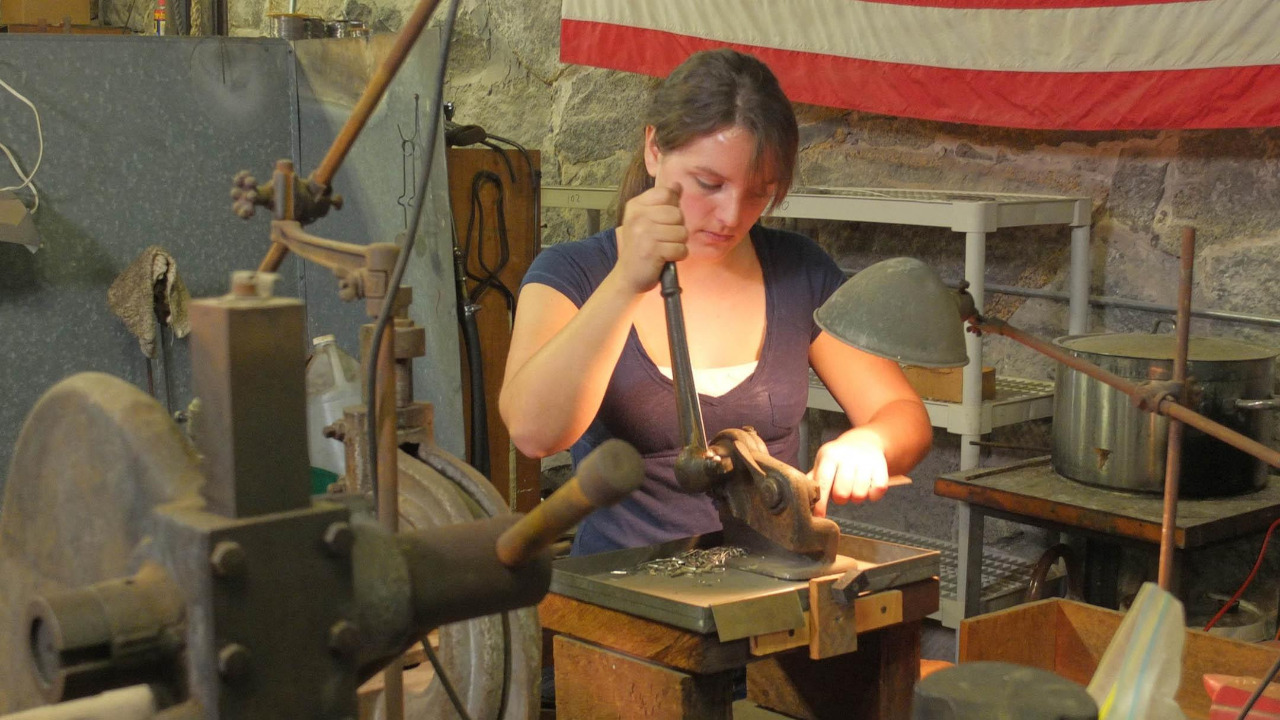Culinary heritage isn’t just about food; it’s a rich tapestry woven with history, culture, and traditions. Across generations, artisanal techniques have played a pivotal role in preserving and honoring these elements.
Rediscovering Artisanal Techniques

In a fast-paced world, the allure of artisanal techniques lies in their unhurried craftsmanship. These methods, often passed down through families, infuse dishes with a taste of the past while connecting us to our roots.
Traditional Tools and Utensils
Artisanal techniques are closely tied to the use of traditional tools and utensils. These instruments, bearing the mark of time, hold the secrets of creating flavors that resonate across eras.
From Farm to Table: A Journey Through Time
The journey of culinary heritage unfolds from the fields where ingredients are cultivated to the tables where they’re savored. Artisanal techniques form the bridge that spans this journey, ensuring that each step is a tribute to the past.
The Role of Artisans in Culinary Heritage Preservation
Artisans are the guardians of culinary heritage. With their hands as their tools and tradition as their guide, they ensure that the essence of dishes remains unaltered, keeping history alive through the art of cooking.
Crafting Almas Caviar: A Delicacy Beyond Time

One exceptional example of culinary heritage is almas caviar. This exquisite delicacy, harvested from the sturgeon fish, is a luxurious testament to the time-honored art of caviar making.
Reviving Forgotten Flavors
Artisanal techniques breathe life into forgotten flavors. Through methods that have stood the test of time, dishes that might have faded into obscurity are rekindled, reminding us of our gastronomic roots.
Sustaining Biodiversity and Cultural Identity
Culinary heritage isn’t just a cultural treasure; it’s also linked to biodiversity. Traditional farming and harvesting methods support diverse ecosystems while maintaining the cultural identity of communities.
Challenges and Opportunities in Heritage Preservation
Preserving culinary heritage isn’t without its challenges. Balancing modern demands with tradition, and ensuring the continuity of skills, is a delicate task. However, these challenges also open doors for innovation and creativity.
Passing Down the Torch: Teaching and Learning Artisanal Techniques

The continuity of artisanal techniques relies on the transfer of knowledge from master to apprentice. This process ensures that the flame of culinary heritage burns bright in the hands of the next generation.
Celebrating Diversity at the Table
Artisanal techniques are a celebration of diversity, not only in flavors but also in the stories they carry. At the table, they allow us to experience cultures beyond our own, fostering a sense of unity through food.
Conclusion:
Culinary heritage is a treasure trove of memories, traditions, and flavors. Artisanal techniques are the threads that weave these elements together, allowing us to savor the past while creating a legacy for the future.